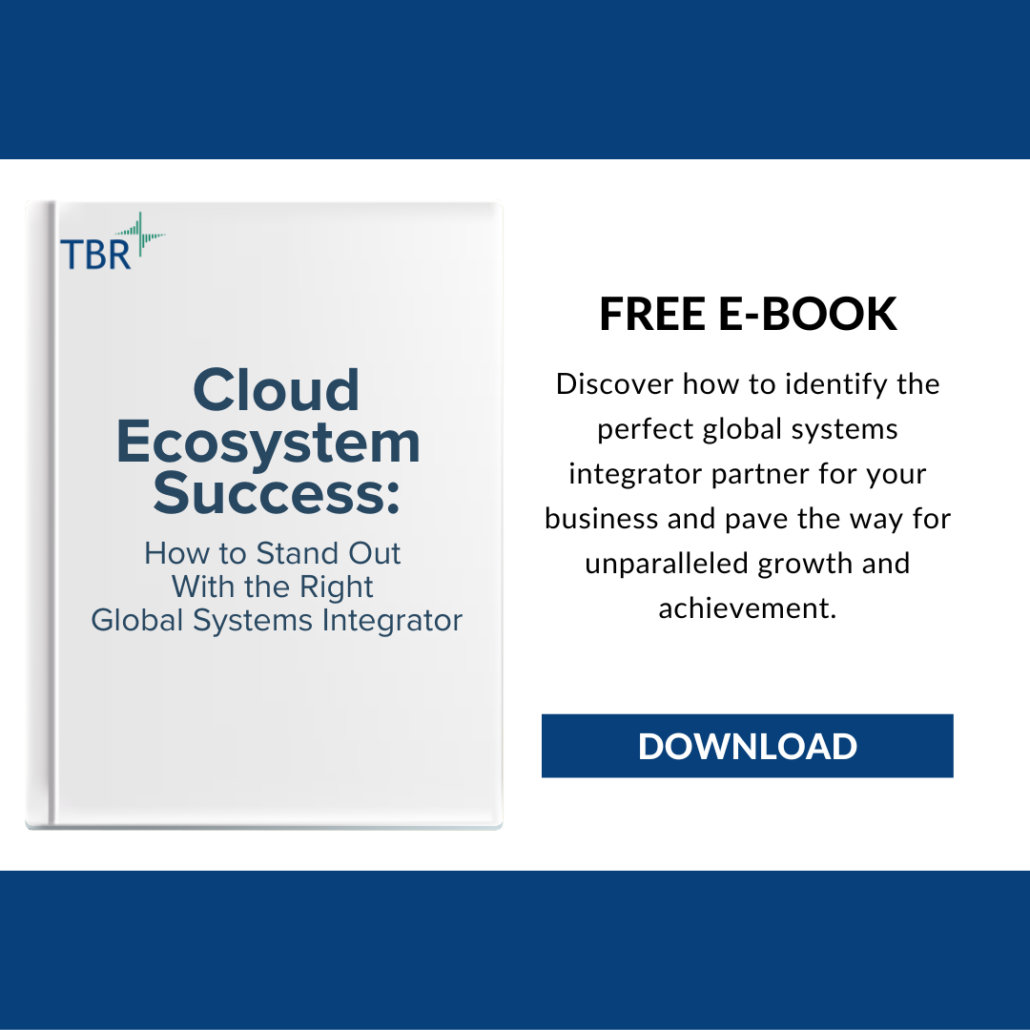HCLTech Solves ‘Know Your Customer’ for European Bank
During HCLTech’s Financial Services Advisor and Analyst Day in New York City this past August, the vendor described an engagement with a European bank in which HCLTech provided a comprehensive Know Your Customer (KYC) solution. TBR requested further details and met with HCLTech leaders responsible for the solution and the vendor’s European Financial Services practice in September in London.
HCLTech has a long history of working with banks and has developed an appreciation for the associated challenges, technology environments, and regulatory and compliance demands, in addition to the full stack of ecosystem partners. Additionally, HCLTech understands financial institutions’ KYC risks and has applied the company’s own investment and IP to address clients’ concerns around data and processes.
Over the last couple of years, HCLTech created a comprehensive approach to KYC for a European bank, solving a number of the bank’s operational challenges, including collating siloed processes and gathering related and dependent data and analytics into a single stream, allowing the CIO to see and understand the technology challenges and bringing greater confidence in controls and reporting to the chief compliance and risk officer.
Having engaged this and other financial services clients, HCLTech leaders described the company as the “glue” between IT and risk and compliance. Critically, HCLTech’s leaders said their professionals on the highlighted engagement spoke extensively with the people handling the day-to-day work of analyzing KYC cases.
According to Santosh Kumar, Vice President and Head of Financial Services Solutions, EMEA and APAC, no other IT services vendor has received permission from — or even pressed for permission from — bank CIOs to interview and work with them around designing a technology solution that meets the needs of the banks’ KYC analysts, professionals that Santosh stated are frequently considered necessary cost centers within a bank’s operations.
Diving further into the use case, Abhishek Mishra, Senior Solutions Director, Financial Crime and KYC, HCLTech, first detailed the pain points and trends HCLTech sees across the financial services space, including false positive rates, compliance costs, cloud migration and enhanced data analytics.
Against these conditions, according to Mishra, HCLTech positions itself as “the beacon of trust and innovation in the ever-evolving landscape of financial crime prevention” and a vendor capable of empowering “organizations worldwide to safeguard their integrity and financial stability.” Against that aspiration, HCLTech highlighted the company’s resilience and experience, enhanced by technologies, particularly smart automation.
Further discussing HCLTech’s decision to engage directly with the KYC analysts, Mishra described how he sees a range of KYC issues that are not always apparent at the CIO or chief compliance officer level, including fragmented IT systems and frequent manual interventions into processes that should be standardized and automated.
Using the platform codeveloped with the European bank client, HCLTech helped the bank reduce its operations team by 60% and lowered the incidence rate of false positives by 30%. As Mishra noted, the industry standard incidence rate for false positives is around 90%, making any improvement a substantial savings in operations costs. Overall, the breadth and proven depth of HCLTech’s capabilities across the KYC and broader financial services space struck TBR as potentially significant differentiators as IT services vendors face increased pressures on their margins, talent management strategies and business models.
The “glue” between IT and risk and compliance
It is a bold claim, and plenty of consultancies, many IT services and even some technology vendors would self-describe as the essential connection between functional groups within an enterprise. HCLTech’s claim, in this particular case about KYC, holds greater weight based on the thorough — and fully operational — nature of its KYC platform.
In a wide-ranging discussion with TBR on this use case, HCLTech’s Mishra and Santosh did not shy away from answering several challenging questions, including why banking clients would trust HCLTech with as material a requirement as KYC as well as how HCLTech interacts with the regulators.
HCLTech executives showed a refreshingly honest assessment of the company’s place in the ecosystem, acknowledging that the Big Four firms continue to play an essential role in providing assurance to both clients and regulators that HCLTech’s KYC approach — and other banking process technologies — meet all criteria for reliability and compliance. Mishra and Santosh also readily acknowledged that the company’s role within the ecosystem depended on niche technology vendors, rejecting the idea that HCLTech was “end-to-end” while embracing the need to be a capable and easy-to-work-with ecosystem partner.
In addition to recognizing challenges within the ecosystem, HCLTech acknowledged that not every client would or could adopt the company’s KYC solution, given the complexities of banks’ legacy technology environments, ingrained cultural dispositions toward caution around all operational aspects governed by compliance obligations, and the myriad technology and IT services vendors that are scrambling for a chance to sell the next special tech-infused solution to a bank (hearing thunderous echoes here of generative AI).
Rather than pressing forward on a one-size-fits-all solution, HCLTech has created sandboxes for banks to experiment with a test solution, including the KYC platform, in safe — but realistic — environments. HCLTech’s well-established credibility among financial services clients unquestionably provides the company with entry to advise on new approaches to solving persistent problems.
Financial crimes will not disappear, but HCLTech could ease banks’ costs
In TBR’s view, offering new ways to solve persistent problems is precisely how HCLTech has tackled KYC. Banks budget a surprisingly substantial amount of their operational costs toward KYC, including funds dedicated specifically to paying fines if (read: when) they are found to be out of compliance.
In its European bank use case, HCLTech helped the client reduce its number of FTEs dedicated to KYC by 60% and also delivered an auditable, comprehensive and technology-enabled platform that the bank owns, operates and depends on. KYC challenges will never disappear: Money launderers — perhaps Venice’s second-oldest creation — will always be more creative than governments, banks and technology companies. But if HCLTech can substantially reduce banks’ KYC costs without compromising compliance, it is going to unlock considerable value for banks to invest in additional services, technologies and transformations.
TBR believes the keys to HCLTech’s success in KYC include:
- Continuing to focus on being the “glue” between risk and compliance and IT: HCLTech has established credibility with the latter and has grown its credibility with the former, but both will remain essential to KYC transformation. Sticking to its comfort zone with technologists will limit HCLTech’s ability to scale a KYC solution.
- Staying within its swim lane: Although it is contradictory to the point above, HCLTech should focus on delivering comprehensive and highly functional solutions, in sync with the company’s engineering DNA. HCLTech executives’ willingness during the conversation to cede consulting territory to the Big Four firms (notably EY) struck TBR as exceptionally self-aware in assessing HCLTech’s role in the broader banking ecosystem.
- Remaining patient: TBR has been briefed on countless transformational solutions that are ready to address burdensome costs with bullet-proof technology. And TBR has heard specific transformational use cases cited … but often three, four or five years later, raising the question: “If that solution was so great, why didn’t it scale?”
HCLTech may have something great here. With patience, discipline around partnering, and a focus on collaboration with the right clients in the right setting at the right time, HCLTech’s KYC solution could become a materially significant step forward in banks’ operational costs and also a good thing for society when it comes to combating fraud and financial crimes.



